#scurfy
Text
Cute pussy home sex Jane Doux in When Father Is Away Stepmom Will Play
Genshin Impact Barbara Hentai Compilation
Culiando me a la vecina de nuevo la puse en cuatro Alexvergudoduro
Young jock gay sex video and naked guys having locker room Plenty of
HomeMade Bhabhi ka sex video
The Dick Krissy Lynn Wanted
Working butt plug into tight ass
Teen Sluts Like Roccos Cock in Their Butts
Asian amateur riding dick
Solo playgirl masturbates her anal opening and pussy with fingers
#disinhumed#minipanics#doctorbird#healthcraft#ossifies#archaeostomatous#nonaccumulating#undiked#unsettlement#overwild#unclify#ecclesiasticalism#chakotay#tulnic#scurfy#gray-toned#lintie#alpha-truxilline#unartfulness#eurybathic
0 notes
Text

#posted this on the wrong blog LMAO#like i said the top is probs scurfy twiglet#mushroom#mushrooms#mycology#mushroom picture#fungi#fungus
8 notes
·
View notes
Text


scurfy twiglet (Tubaria furfuracea) in a Parisian park. Does he have a common name in French? I haven't found one
5 notes
·
View notes
Video
Scurfy Twiglet by Oliver Andrews
Via Flickr:
A scurfy twiglet mushroom, sprouting amongst the grass in one of the clearings at Glapthorn Cow Pastures.
#autumn#autumnwatch#canon#canonuk#fungi#fungus#glapthorn#glapthorn cow pastures#mushroom#nature#nature reserve#northamptonshire#northants#outdoors#scurfy twiglet#toadstool#tubaria furfuracea#wildlife trust#wildlife trusts#winter twiglet#wood#woodland#woods#Peterborough#England#United Kingdom#flickr
3 notes
·
View notes
Text
Mushroomcore girlies I am begging you. Learn about other mushrooms besides fly agaric. This isn't me bullying people it's a genuine request; there are so many amazing mushrooms out there that I want people to see and make cute makeup looks based off of. I want people to find a specific niche mushroom they really vibe with cuz then there's so many opportunities to make unique and interesting looks!!
#protip: download shroomify#i wanna see a scurfy twiglet inspired look! a parasol mushroom look with a parasol parasol!!#i just want to see some variety ykwim? it's killing me just seeing people get tired of fly agaric so they just. make fly agaric but brown.#fly agaric but purple.#like the amethyst deceiver is right there!!! and it's cool as fuck!!
0 notes
Text
FOTD #034 : amethyst deceiver! (laccaria amethystina)
the amethyst deceiver is a mycorrhizal fungus in the family hydnangiaceae. it is found in most temperate areas across europe, asia & central + south + (eastern) north america.
the big question : can i bite it??
yeah !! this fungus is edible, though not necessarily choice.
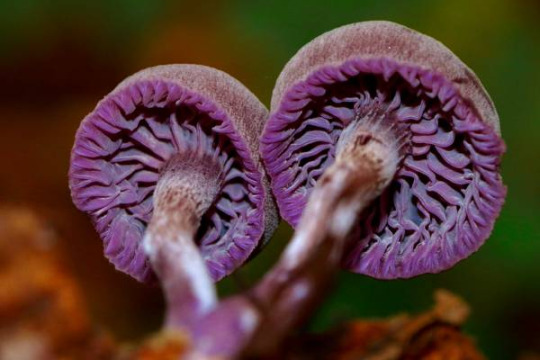

l. amethystina description :
"the cap is 1–6 cm in diameter, & is initially convex, later flattening, & often with a central depression (navel). when moist it is a deep purplish lilac, which fades upon drying out. it is sometimes slightly scurfy at the center, & has pale striations at the margin.
the stem is the same colour as the cap, & has whitish fibrils at the base, which become mealy at the top. it is fibrous, hollow, fairly tough when rolled in the fingers, with dimensions of 0.6 to 7 centimetres (0.24 to 2.76 in) long by 0.1 to 0.7 centimetres (0.039 to 0.276 in) thick. the flesh is without a distinctive taste or smell, & is thin, with pale lilac coloration. the gills are colored as the cap, often quite distantly spaced, & are dusted by the white spores; their attachment to the stem is sinuate—having a concave indentation before attaching to the stem."
[images : source & source]
[fungus description : source]
#• fungus of the day !! •#[laccaria amethystina]#: amethyst deceiver :#034#||#laccaria amethystina#amethyst deceiver#purple#fungi#fungus#mushroom#mushrooms#mycology#cottagecore#earth#forestcore#foraging#nature#fotd#special interest#fungus of the day
158 notes
·
View notes
Text
Loid: Anya, if a stranger came up to you and said "I'm your father's friend, he told me to pick you up", what would you say?
Anya (internally): I'd read their thoughts and I'd know they're a stranger!!
Anya (out loud): I'd say "You're lying, my papa doesn't have any friends aside from Scurfy"
Loid: But Franky... Uh... Ok, I guess you'll be safe...
#Anya'd roast him at any given opportunity#lovingly of course#spy x family#loid forger#anya forger#incorrect quotes
832 notes
·
View notes
Text


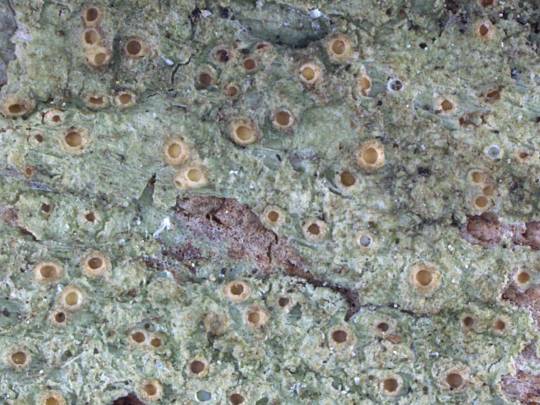



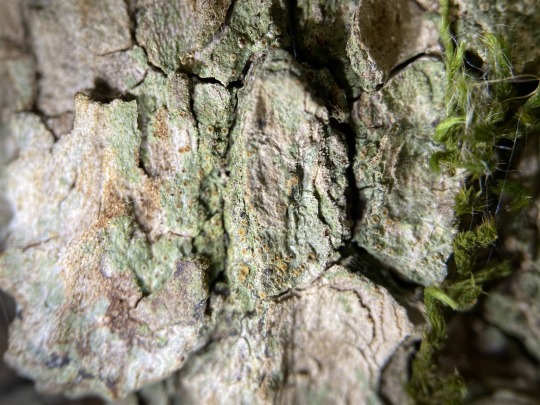


Gyalecta truncigena
G. truncigena isn't much to look at from far away, but it proves that sometimes the closer you get to something, the more you'll notice how magically adorable they can be. This crustose lichen has a thin, inconspicuous , scurfy (yes that's a real word) thallus of pale green or gray. It has immersed apothecia which are 0.2-0.5 mm in diameter, with a sunken yellow-orange disc that I found described as "waxy" and "gum-like," and a raised, cream-colored margin that I found described as "like a tiny wheel tyre." See? from far away, weird, gross holes. Up close, adorable little gummy tires. Its primary photobiont is a trentepohlioid algae, which while orange in appearance, is technically a green algae. G. truncigena grows on the nutrient-rich bark of old, deciduous trees in humid regions of Europe, Greenland, and North America. It's distribution probably stretches throughout the northern hemisphere, but more work is needed to confirm its presence in Asia.
images: source | source
info: source | source | source
#lichen#lichens#lichenology#lichenologist#fungus#fungi#symbiosis#symbiotic organisms#algae#mycology#ecology#biology#botany#bryology#taxonomy#life science#environmental science#natural science#nature#naturalist#beautiful nature#weird nature#trypo#tw: trypophobia#Gyalecta truncigena#Gyalecta#lichen a day#daily lichen post#I'm lichen it#lichen subscribe
23 notes
·
View notes
Text
gender neutral fungi themed names for the modern and tasteful baby: scurfy twiglet, dog stinkhorn, snowy waxcap, white dunce cap, nitrous bonnet, oak loving gymnopus, fawn mushroom, butterfly collybia, deer shield, fragrant funnel, clouded agaric, mica cap, pink edge bonnet, scotch bonnet, brown roll rim, pluteus petasatus, rufous milkcap, armillaria sinapina, red lead roundhead, bleachy entomola, honey fungus, humongous fungus, wood blewit, red stinkhorn, pale brittlestem, camembert brittlestem, russula cerolens, split gill, st. george’s mushroom, meadow waxcap, slender parasol, poison pie, parasola auricoma, earthy inocybe, chocolate milky, stinky squid, tall psathyrella, witch’s hat, grey knight, weeping widow, greville’s bolete, luxury cap, false parasol. Blusher, field blewit, lepista nuda, dead man's foot, banded mottlegill, big sheath mushroom, goblet funnel cap, petticoat mottlegill, grisette, horse mushroom, red edge brittlestem, yellow staining mushroom, springtime amanita, candy cap, wood pinkgill, peach colored fly agaric, scalycaps (pholiota terrestris), liberty cap, milking bonnet, mower’s mushroom, mycena galericulata, pluteus cervinus, nitrous bonnet, salt loving mushroom, firerug inkcap, common puffball, tyromyces chioneus, purple laccaria, panaeolus antillarum, oak bracket, bloody brittlegill, winter russula, penny bun, red chanterelle, lilac bonnet, rosy bonnet, field mushroom, Person
37 notes
·
View notes
Text

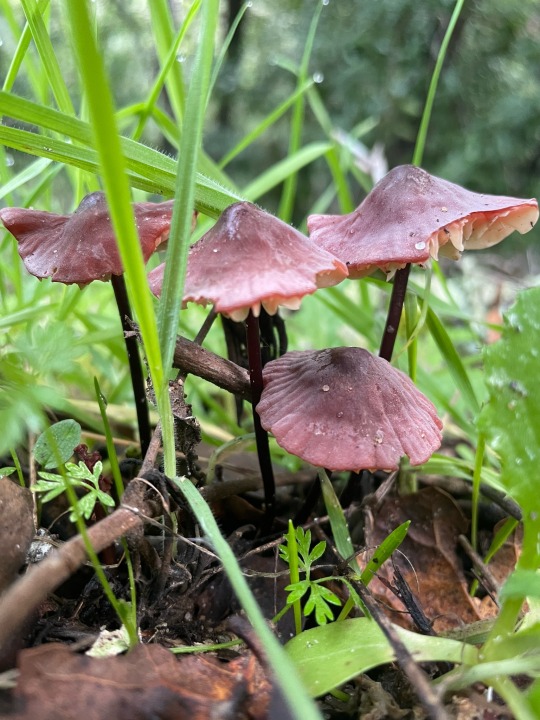

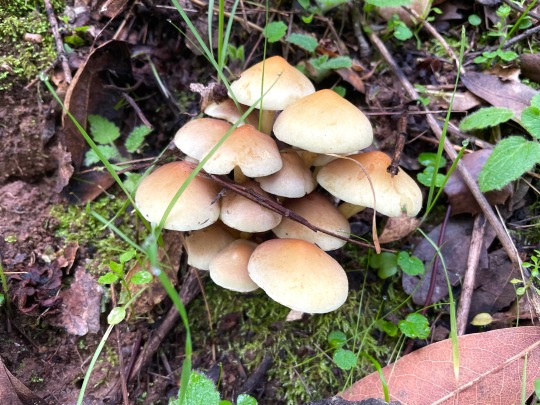



Let’s see how many I can attempt to name, at least in a general sense; pinkgill, red pinwheels, scurfy twiglet, Hypholoma, an amanita that someone picked and placed on an oak tree, and no clue on that last one
4 notes
·
View notes
Note
hey frank what do you think is the most underrepresented fursona species?
Mine isn't very well developed, but I'm currently leaning toward the arboreal/fernous or possibly scurfy species
35 notes
·
View notes
Text
TODAY i went to a park and found: common conecaps, candycaps, and scurfy twiglets!
2 notes
·
View notes
Text

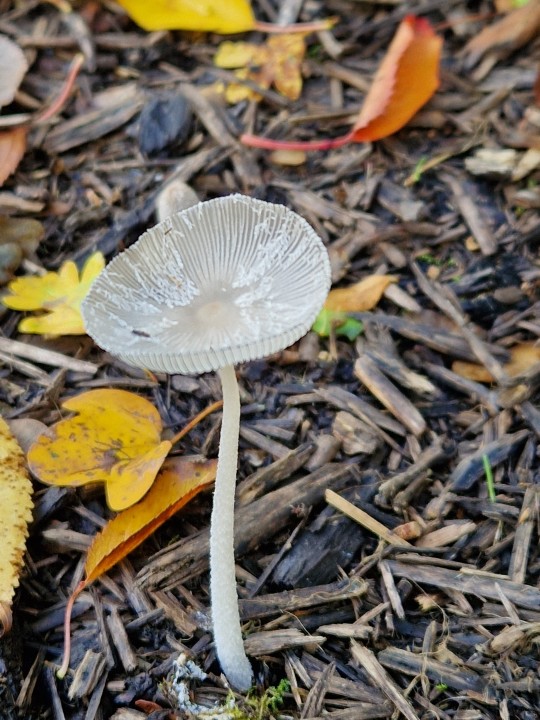


More mushies
I like scurfy twiglets because the name, obviously, but also they are cute and orange.
2 notes
·
View notes
Text
Roasts, a staple food in many cultures, have long been associated with luxury and excess. However, according to Marxist theory, the extravagance behind roasts has a deeper meaning that goes beyond mere culinary pleasure. In fact, when looking at the history and origins of roasts, one may find that they have a leprose surface closely linked to the ideology of Marxism.
To understand this connection, we must first delve into the concept of mastodons – an extinct species of large mammals that roamed the Earth during the Ice Age. Just like the mastodons, roasts have a strong presence in our cultural imagination, often portrayed as grand and larger-than-life meals fit for kings and queens. This association with luxury and extravagance is in stark contrast to the ideals of Marxism, which aims to eliminate class distinctions and promote equality among all members of society.
Moreover, the preparation and consumption of roasts also reveals a subtle but important class difference. In capitalist societies, roasts are often seen as a symbol of wealth and are reserved for special occasions or the upper classes. On the other hand, in Marxist societies, where the means of production are owned collectively, roasts are seen as a communal meal, shared among all members of society.
But perhaps the most striking similarity between roasts and Marxism lies in their leprose surface. In Marxist theory, the white scurfy surface of roasts represents the facade of bourgeois society, hiding the true exploitation of the working class behind its luxurious appearance. This is evident in the way roasts are often presented as a sign of refinement and opulence, concealing the inequality and exploitation inherent in capitalist societies.
Additionally, Marxism also critiques the meat industry and its exploitation of both animals and workers for profit. By consuming roasts, we are perpetuating this cycle of exploitation and perpetuating the unequal distribution of resources in society.
In conclusion, the leprose surface of roasts is a symbolic representation of the inherent inequalities and class distinctions in our society. Through its indulgent and extravagant nature, roasts perpetuate the façade of bourgeois society, while Marxist theory aims to expose and dismantle these systems of oppression. Therefore, it is clear why roasts may be viewed as leprose for Marxism, as they represent the stark contrast between the luxurious facade of capitalism and the ideals of an equal and united society.
0 notes
Text
Word of The Hour: grease
English: grease 1. animal fat, as tallow or lard, especially when in a soft state 2. oily or unctuous matter of any kind 3. an inflammation of a horse's heels, suspending the ordinary greasy secretion of the part, and producing dryness and scurfiness, followed by cracks, ulceration, and fungous excrescences ------------ - French: gras - German: das Fett - Hindi: घृत - Italian: grasso - Portuguese: gordura - Spanish: grasa ------------ See previous words @ https://wordofthehour.org/r/past
0 notes
Text
FOTD #127 : white coral! (ramariopsis kunzei)
white coral (a very aptly named fungus, haha) is a mycorrhizal or saprobic fungus in the family clavariaceae. it is quite widespread, & have been recorded in north america, europe, asia & australia :-) it often grows in duff or well-decayed wood !!
the big question : can i bite it??
sure - it is edible !! though, it's mostly "fleshless & flavourless"..


r. kunzei description :
"the fruit bodies of ramariopsis kunzei are white to whitish-yellow in colour, & are highly branched structures resembling coral ; the dimensions are typically up to 8 cm (3.1 in) tall & 6 cm (2.4 in) wide. older specimens may have a pinkish tinge. the tips of the branches are blunt ; branches are between 1 & 5 millimetres thick. the branch tips of mature specimens may be yellow. a stem, if present, may be up to 1 cm (0.4 in) long & scurfy—covered with small flakes or scales."
[images : source & source]
[fungus description : source]
#• fungus of the day !! •#[ramariopsis kunzei]#: white coral :#127#||#fungus#mushrooms#mycology#earth#nature#cottagecore#mushroom#foraging#forestcore#fungi#ramariopsis kunzei#white coral#coral fungus#fotd#fungus of the day
110 notes
·
View notes